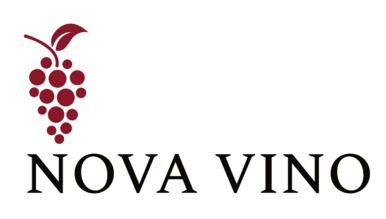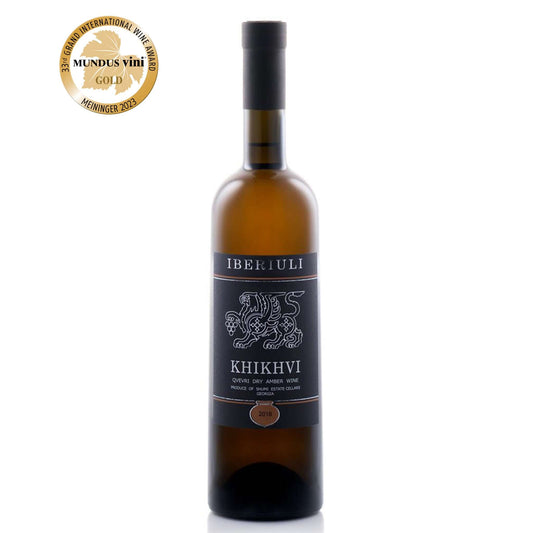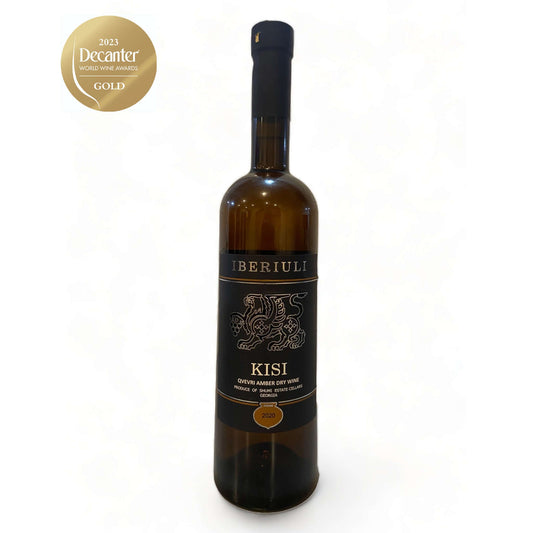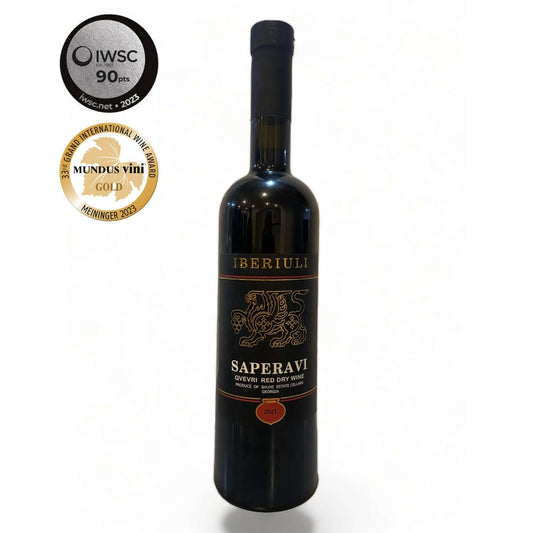The Ancient Origins of Qvevri Winemaking
Qvevri winemaking represents humanity's oldest continuous winemaking tradition, with archaeological evidence dating back over 8,000 years to the fertile valleys of Georgia in the Caucasus region. These ancient winemakers discovered that large clay vessels, buried underground, created the perfect environment for fermenting and aging wine.
The tradition has been passed down through generations of Georgian families, with each region developing its own distinctive qvevri shapes and techniques. In 2013, UNESCO recognized traditional Georgian qvevri winemaking as an Intangible Cultural Heritage of Humanity, cementing its importance in world wine history.
Explore our Amphora Collection
The Qvevri Process: Ancient Technique, Extraordinary Results
The qvevri process begins with handcrafted clay vessels, often holding 500 to 3,000 liters, which are buried up to their necks in the earth. This underground placement maintains consistent temperatures year-round, typically between 12-15°C (54-59°F).
Grapes are crushed and placed into the qvevri along with their skins, seeds, and sometimes stems. Unlike modern winemaking, there's minimal intervention - no pumping, no temperature control, just the natural fermentation process guided by indigenous yeasts.
For white wines, the extended skin contact (often 6 months or more) creates the distinctive amber or 'orange' wines that qvevri is famous for. Red wines benefit from the gentle extraction and micro-oxygenation that the clay provides, developing remarkable complexity over months of aging.
Clay vs Oak: A Tale of Two Aging Methods
Qvevri-aged wines develop a unique character that's impossible to replicate. The porous clay allows for gentle micro-oxygenation while imparting subtle mineral notes from the vessel itself. These wines often display:
- Distinctive mineral backbone and earthy complexity
- Vibrant acidity and remarkable freshness
- Textural richness without heaviness
- Pure fruit expression with subtle spice notes
- Exceptional aging potential
Oak aging, by contrast, adds vanilla, spice, and toast flavors while providing tannin structure. Oak can sometimes mask the wine's natural character, whereas qvevri enhances and preserves the grape's authentic expression.
The clay vessel acts as a neutral yet active aging medium - it doesn't add flavors like oak, but rather allows the wine to develop its truest expression while gaining complexity through the unique environment the qvevri provides.
For wine lovers seeking authenticity and connection to ancient traditions, qvevri wines offer an unparalleled tasting experience that speaks to thousands of years of winemaking wisdom.





